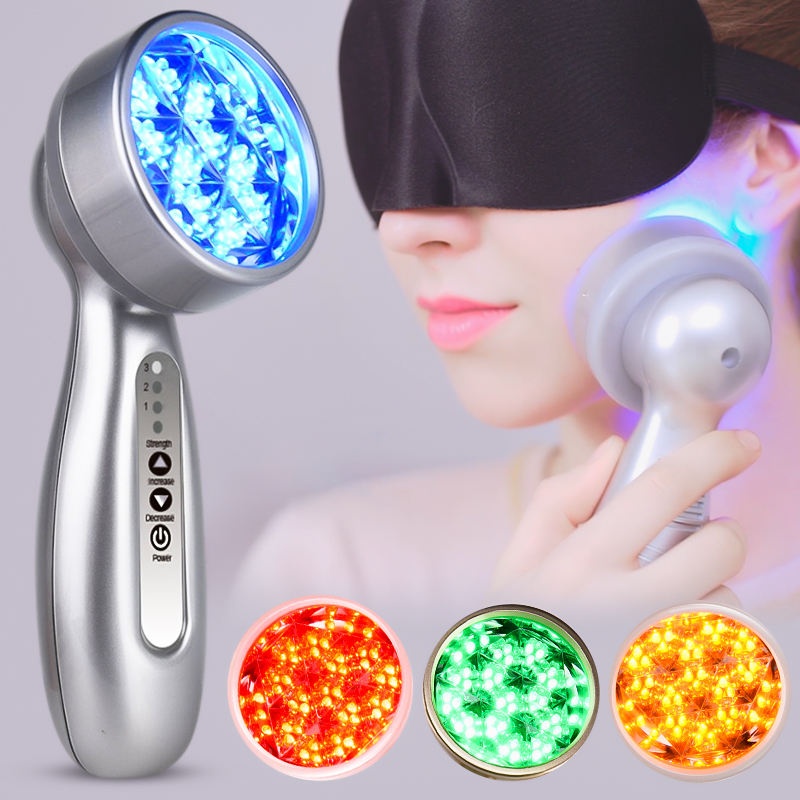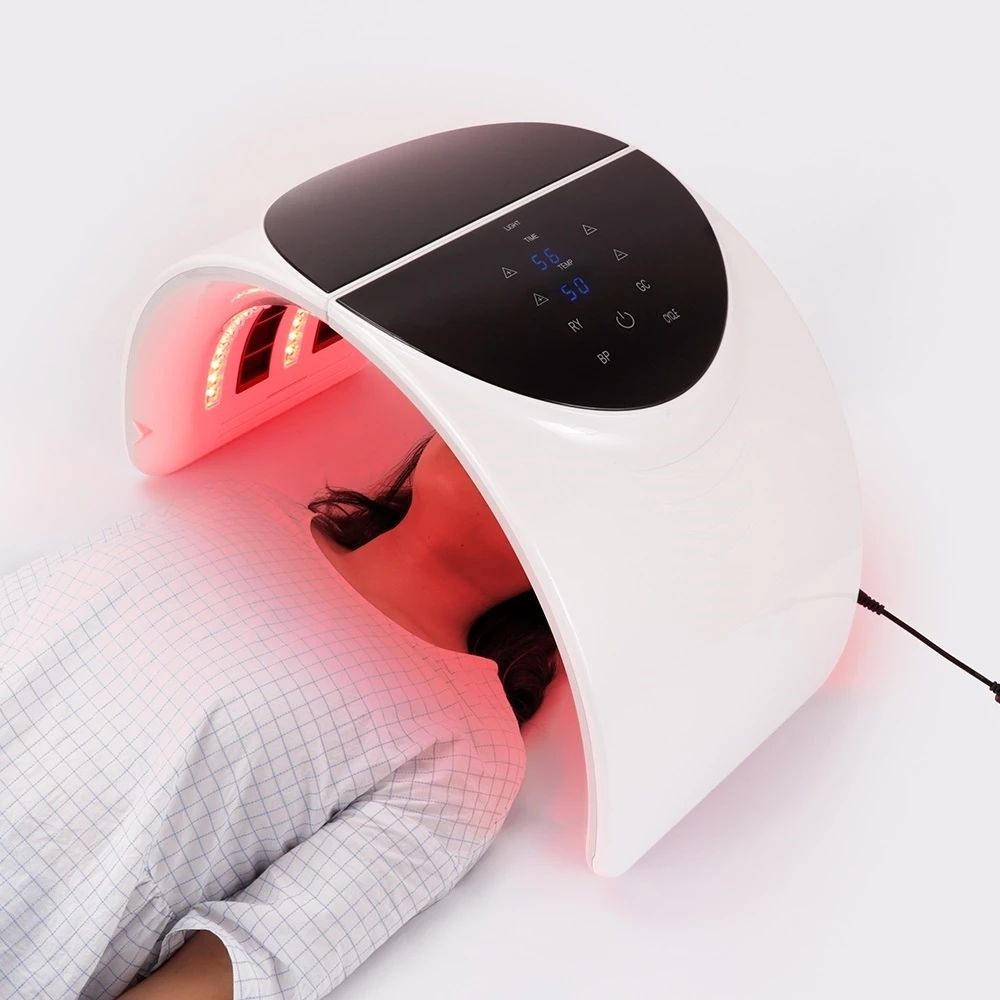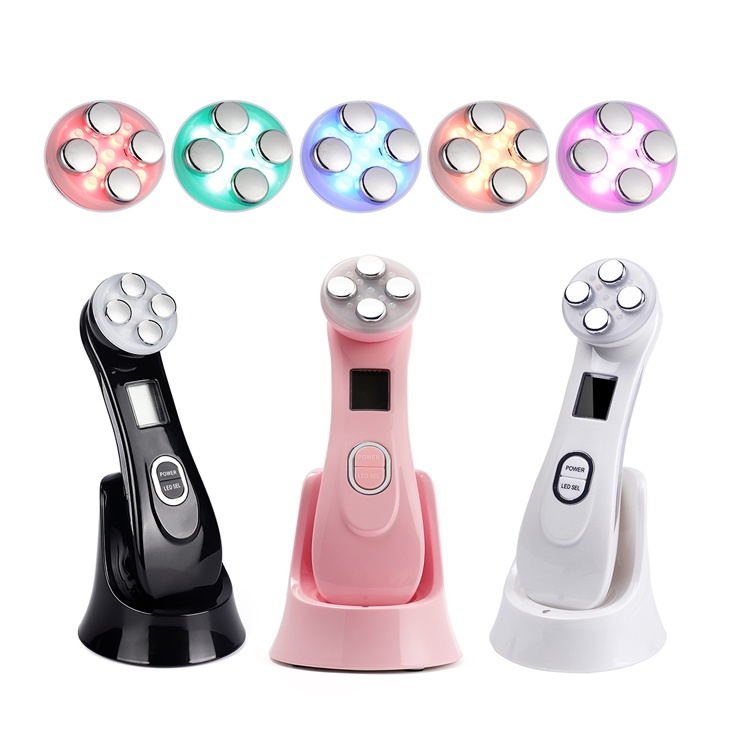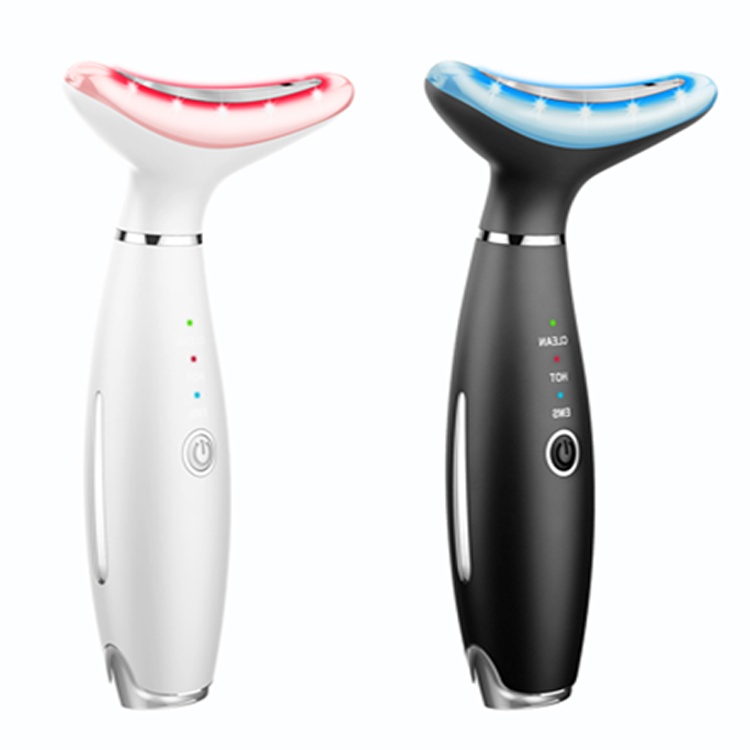Do electric facial toners microcurrent devices really work?
Summary
Do electric facial toners microcurrent devices really work? This question addresses the growing popularity and use of microcurrent devices in skincare, which promise non-invasive solutions for facial rejuvenation and enhanced skin health. These devices deliver low-level electrical currents that mimic the body’s natural ionic signals, purportedly stimulating collagen and elastin production, improving skin texture, and promoting lymphatic drainage. As consumers seek effective alternatives to invasive cosmetic procedures, microcurrent devices have emerged as a widely discussed option within the beauty industry. The notable rise of microcurrent technology can be traced back to its historical roots in ancient medical practices and its evolution into modern skincare solutions. By integrating microcurrent therapy with other technologies, such as LED light therapy, these devices have become more accessible for at-home use, appealing to a broad consumer base that values safety and convenience. Many users report positive experiences, with studies indicating significant improvements in facial contour and skin condition after regular use of these devices. For instance, a substantial percentage of participants in studies expressed satisfaction with their results, highlighting the potential benefits of microcurrent therapy in enhancing aesthetic appeal.
Despite the promising outcomes associated with microcurrent devices, there are ongoing debates regarding their efficacy and safety. Critics point to limitations in the research, including reliance on self-reported data and insufficient long-term studies. Concerns also exist regarding the appropriate use of these devices among individuals with specific health conditions or those using other treatments. Consequently, ethical considerations related to marketing and informed consent have come to the forefront of discussions surrounding microcurrent technology.
In summary, while electric facial toners utilizing microcurrent technology hold potential benefits for skin rejuvenation, the need for more rigorous scientific validation remains crucial. As the beauty industry continues to evolve, consumers are encouraged to approach these devices with informed caution, weighing their possible advantages against the current limitations of available research.
History
The origins of microcurrent technology can be traced back to ancient civilizations, where early forms of bioelectrical stimulation were practiced. Notably, in ancient Egypt around 3000 BC, artists depicted the use of electric fish, such as the torpedo fish, for therapeutic purposes on stone carvings. These fish were known to produce electrical charges, which were applied to treat pain and other ailments, showcasing an early understanding of electrical stimulation in medicine. Fast forward to around 600 BC to 1000 BC, the Indian surgeon Sushruta, often referred to as the "father of plastic surgery," documented his surgical techniques, including rhinoplasties. He laid the groundwork for modern surgical practices, emphasizing the importance of cleanliness and the use of cadavers for training—principles still relevant in today's medical practices. The understanding of electricity in medical applications continued to evolve, with the Romans utilizing naturally produced electric currents for therapeutic purposes, which predated the invention of man-made electrical devices by centuries. In the modern era, microcurrent technology saw significant advancements in the 18th century with the development of electrical machines. These innovations paved the way for the emergence of microcurrent facial devices designed for at-home use. Initially available only in professional salon settings, these devices have been miniaturized, making them more accessible to the general public. This democratization of skincare technology has led to a surge in popularity, allowing individuals to enhance collagen and elastin production, improve skin texture, and reduce fine lines without the need for invasive procedures. As the beauty industry continued to innovate, microcurrent devices began to be integrated with other technologies, such as LED light therapy, further enhancing their effectiveness. Today, the market reflects a convergence of beauty and wearable technology, catering to a growing consumer base that prioritizes safety, efficacy, and convenience.
Mechanism of Action
Microcurrent devices operate by delivering ultra-low electrical currents, typically under 600 µA, that mimic the body’s natural ionic signals. This gentle electrical stimulation promotes cellular activities, enhancing ATP (adenosine triphosphate) production, which is vital for energy supply within skin cells. The stimulation of ATP not only facilitates energy production but also supports the synthesis of collagen, elastin, and hyaluronic acid, key components necessary for maintaining skin structure and elasticity.
Cellular Response
When microcurrents are applied to the skin, they stimulate various physiological responses. This includes improved blood circulation, which increases the delivery of oxygen and nutrients to the skin, resulting in a healthier and more radiant appearance. Additionally, microcurrent therapy enhances lymphatic drainage, helping to reduce puffiness and improve overall skin tone. The effects of microcurrent therapy extend to improving muscle tone in the face and neck, sculpting and lifting facial contours, and energizing cells, contributing to a more youthful look.
Collagen and Elastin Production
One of the key benefits of microcurrent therapy is its ability to stimulate collagen and elastin production, which helps smooth out fine lines and wrinkles, particularly around dynamic facial areas such as the eyes and mouth. The increase in collagen thickness and elastin fibers, as supported by studies, shows a significant improvement in skin state, leading to enhanced elasticity and firmness.
Mechanisms of Enhanced Cellular Communication
Microcurrents also promote intercellular communication, which is crucial for the coordination of various cellular functions. This enhanced communication aids in cellular repair and regeneration, facilitating the body’s natural healing processes. Moreover, microcurrent therapy has been shown to have a dual application in both cosmetic and medical fields, offering benefits that range from facial rejuvenation to chronic pain relief.
Efficacy
Microcurrent devices, often marketed as electric facial toners, have gained popularity for their purported benefits in aesthetics and pain management. Research indicates that these devices can provide measurable improvements in facial contour and skin condition. For instance, after using a microcurrent device for five minutes daily over a period of 60 consecutive days, 85% of users reported improvements in facial contour, while 80% experienced enhanced skin texture and radiance.
Mechanisms of Action
Microcurrent therapy operates by delivering low-level electrical currents to the skin and underlying tissues, promoting various physiological processes. This stimulation is believed to enhance cellular function, improve circulation, and increase ATP (adenosine triphosphate) production, which is essential for energy transfer in cells. As a result, users may experience benefits such as improved lymphatic drainage, skin elasticity, and collagen production. These effects contribute to the device's ability to offer a non-invasive alternative for skin rejuvenation and anti-aging.
User Experience and Satisfaction
User feedback on microcurrent devices has been largely positive. A study involving the home use of microcurrent treatment revealed that 76.6% of subjects were satisfied with their experience and expressed willingness to recommend the treatment to others suffering from sinus symptoms. Although some minor side effects were reported, including mild erythema and headache, they were generally transient and resolved without intervention, indicating a favorable safety profile for the majority of users.
Limitations and Considerations
Despite the encouraging findings, there are limitations to the current research on microcurrent efficacy. Many studies rely on self-reported data, which may introduce bias. Additionally, the long-term effects and safety of prolonged microcurrent use remain inadequately researched, particularly for vulnerable populations such as cancer survivors or individuals with pre-existing conditions. Ethical considerations in marketing and patient education also underscore the importance of informed consent, ensuring that users are aware of potential risks and benefits.
Safety and Side Effects
Microcurrent facial devices are generally considered safe for most individuals when used correctly. These devices operate on low-frequency electrical currents that stimulate facial muscles and promote various skin benefits, such as improved circulation and enhanced collagen production. However, it is important to be aware of potential side effects and contraindications associated with their use.
Common Side Effects
While the side effects of microcurrent treatments are typically mild and temporary, they can include:
Redness and Irritation: Some users may experience slight redness or skin irritation in the treated areas following the procedure. This is often a normal response indicating that the treatment is effective. Tingling Sensation: A mild tingling sensation during treatment is common, as the device stimulates the muscles beneath the skin. Muscle Twitching: Users may notice slight involuntary muscle contractions during or after treatment, which is sometimes referred to as “passive exercise”. Most of these side effects resolve quickly and do not pose significant health risks. However, it is crucial to follow the manufacturer's instructions and use FDA-cleared devices to minimize any adverse reactions.
Contraindications
Certain groups should avoid using microcurrent devices altogether, including individuals with:
Active Infections or Open Wounds: Using microcurrent devices on compromised skin can worsen conditions and delay healing. Heart Conditions or Pacemakers: The electrical pulses may interfere with medical devices, leading to potential health complications. Pregnancy: It is recommended that pregnant individuals refrain from using these devices due to the lack of sufficient research on their safety during pregnancy. Before beginning treatment, it is crucial for users to consult with healthcare professionals, especially if they have underlying health conditions or are using other treatments like Botox or fillers. By adhering to safety guidelines and being aware of potential side effects, users can effectively integrate microcurrent facial devices into their skincare routines.
Rare Side Effects
In rare cases, individuals may experience more pronounced side effects, such as nausea, fatigue, or drowsiness. Additionally, frequency-specific microcurrent (FSM) treatments, while effective, can cause muscle overstimulation or deeper tissue irritation in some users. It is advisable for those with sensitive skin to perform a patch test before using the device more broadly.
Comparison with Other Skincare Treatments
Microcurrent therapy is often compared to other non-invasive skincare treatments due to its unique benefits and application methods. Unlike traditional methods such as chemical peels or laser treatments, microcurrent therapy focuses on stimulating facial muscles and promoting collagen production through low-level electrical currents. This approach can enhance skin firmness, tone, and texture without the downtime associated with more invasive procedures.
Efficacy and Results
Users of microcurrent devices frequently report visible improvements in skin firmness and overall radiance after only a few sessions. The treatment is designed to deliver immediate results, which contrasts with some skincare regimens that may take weeks or months to show noticeable changes. For instance, while chemical peels can provide significant exfoliation and renewal, the recovery time can be a deterrent for those seeking instant gratification from their skincare routine. Moreover, microcurrent facials can be performed in conjunction with other treatments, enhancing product efficacy by encouraging deeper penetration of active ingredients from serums and moisturizers. This compatibility allows for a holistic approach to skincare that can be tailored to individual needs and preferences.
Treatment Areas
One of the advantages of microcurrent devices is their versatility in treating various facial areas, including delicate regions like the eyes and lips, without the need for additional attachments. This feature makes microcurrent devices more convenient and cost-effective than some alternatives, such as specialized devices required for specific treatments like LED masks or microneedling devices.
Side Effects and Safety
In terms of side effects, microcurrent therapy is generally regarded as a safe option, with most users experiencing no discomfort or significant risks associated with the treatment. This safety profile contrasts with some more aggressive treatments, which may involve pain or long recovery periods. For example, while laser treatments can effectively reduce signs of aging, they often come with potential side effects such as redness, swelling, and irritation, which can discourage some users from pursuing these options.
Cost Comparison
When comparing costs, microcurrent treatments in professional settings typically range from $250 to $500 per session, depending on the location and included services. While this may seem high, many find it more affordable in the long run compared to the cumulative costs of regular facials or high-end skincare products. Additionally, at-home microcurrent devices provide a more accessible alternative, enabling users to achieve similar results over time without recurring professional fees.
 English
English Español
Español Português
Português Pусский
Pусский Français
Français Deutsch
Deutsch 日本語
日本語 한국어
한국어 Italiano
Italiano عربى
عربى



